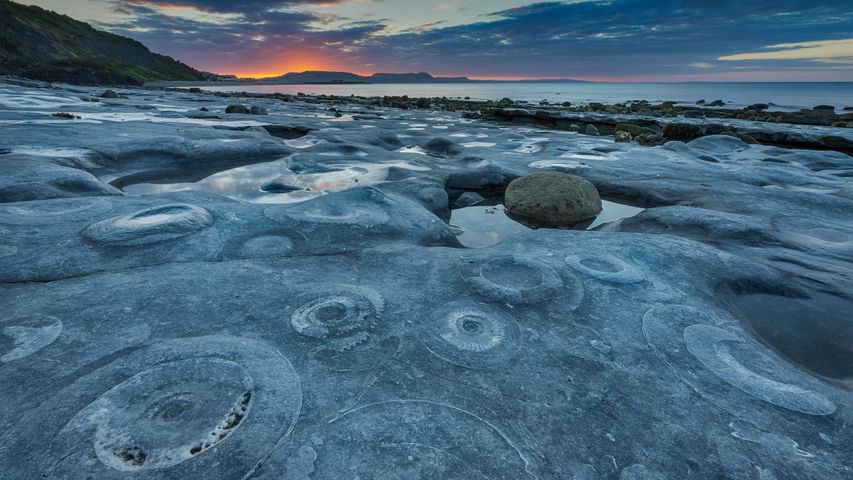Haida totem poles on Haida Gwaii in British Columbia, Canada
© Michio Hoshino/Minden Picture
Indigenous Peoples Day
With this image of totem poles, carved and erected by Haida people in British Columbia, Canada, we're touching on two important events in North America today, one in the United States and the other in Canada. In the US, an increasing number of Americans observe the second Monday in October as Indigenous Peoples Day, a celebration of Native American peoples and an implicit (and sometimes explicit) critique of the Columbus Day holiday. Observations of Indigenous Peoples Day reflect an effort to honor the tribes, nations, and cultures that existed in North America before the arrival of European settlers and have endured since then.
Meanwhile, in Canada, it's Thanksgiving Day. (Yes, they celebrate it too, just on a different date.) Like the US version, the holiday embraces a harvest-oriented theme. But most Canadians eat their big meal on Sunday. Just as we have Black Friday to recover from a day of overindulgence, Canadians gorge the day before the official Thanksgiving holiday so that everyone is rested and digested before returning to work on Tuesday.
The Haida and other Indigenous peoples of the Pacific Northwest Coast traditionally had their own feasts that were complex gift-giving ceremonies called potlatches. During a potlatch, a community leader would give away or destroy valuable items to demonstrate wealth, but also to forge and affirm family, clan, or intertribal relations. The carvings on Haida totem poles, like these, are often representations of family or clan histories that weave their society together. Haida families traditionally celebrated their histories and marked their identities by erecting totems outside their homes.
Related Images
Bing Today Images

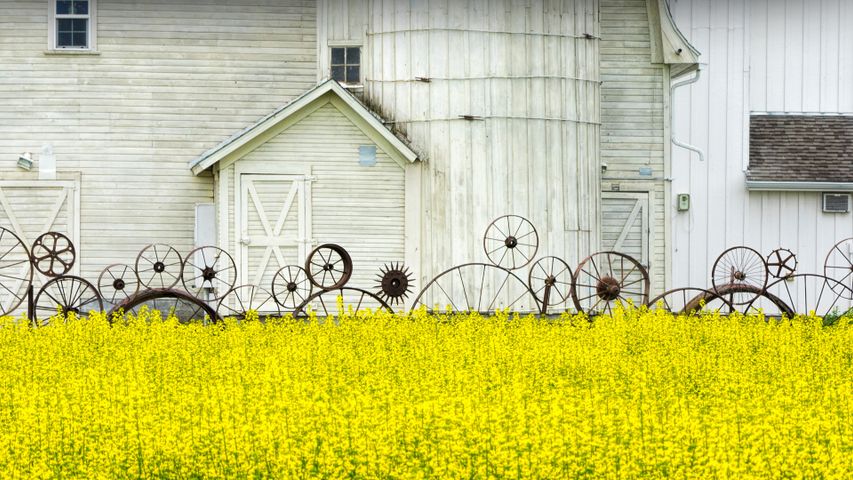


 Construction workers on scaffolding
Construction workers on scaffolding
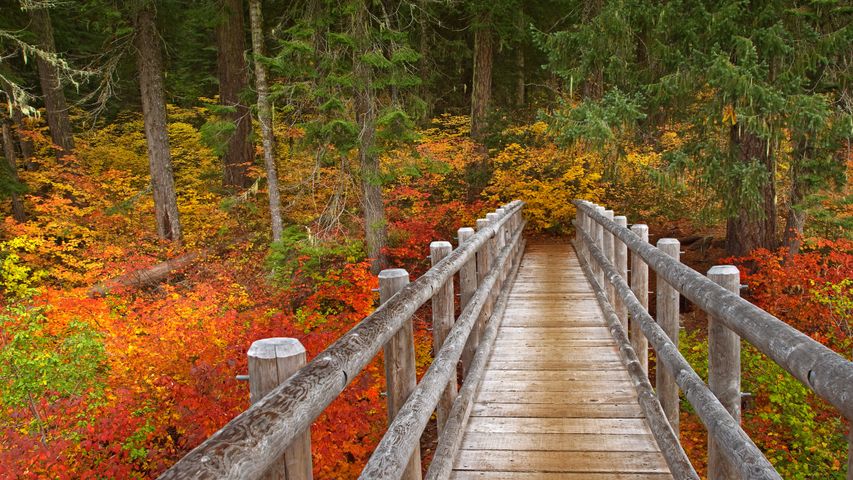 Bridge on the McKenzie River Trail, Willamette National Forest, Oregon
Bridge on the McKenzie River Trail, Willamette National Forest, Oregon
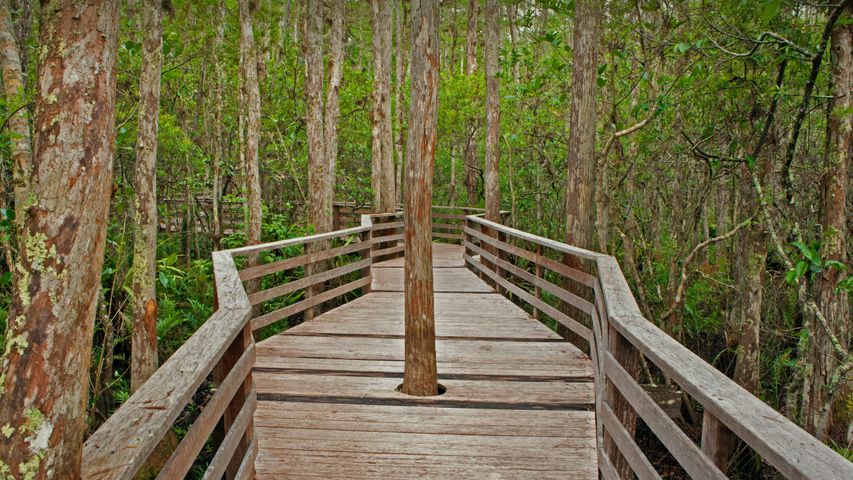 Boardwalk Trail at Corkscrew Swamp Sanctuary in Florida
Boardwalk Trail at Corkscrew Swamp Sanctuary in Florida
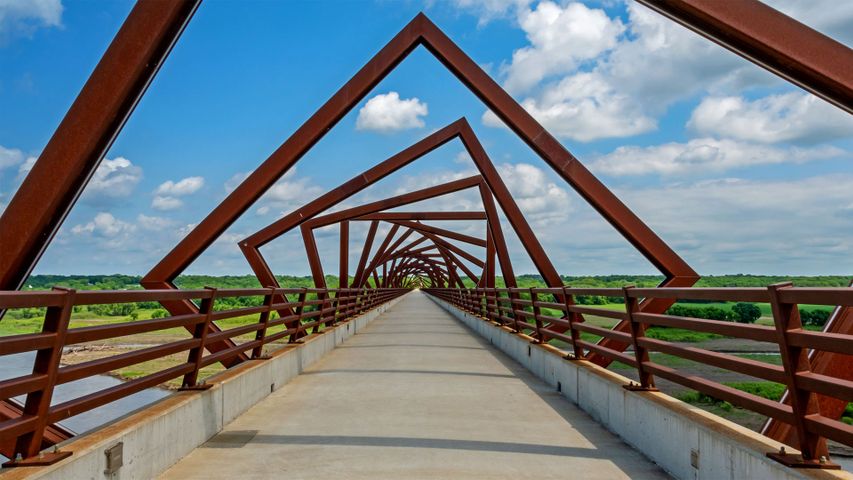 The High Trestle Trail Bridge in central Iowa
The High Trestle Trail Bridge in central Iowa
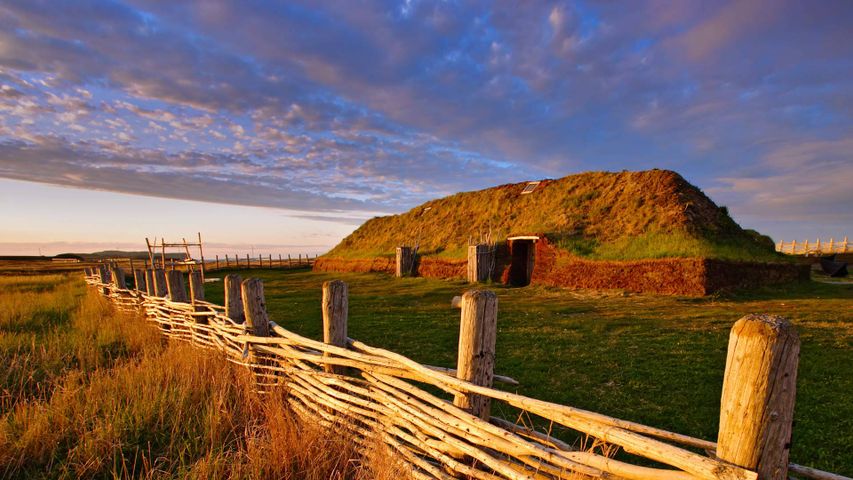 For Leif Erikson Day, a Norse building at L'Anse aux Meadows National Historic Site in Newfoundland, Canada
For Leif Erikson Day, a Norse building at L'Anse aux Meadows National Historic Site in Newfoundland, Canada
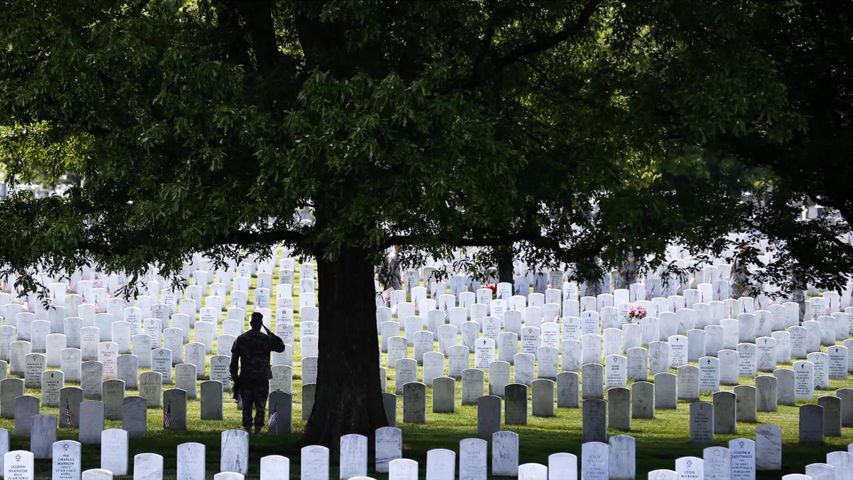 The 3rd US Infantry Regiment honors America's fallen soldiers during the 'Flags In' ceremony for Memorial Day, Arlington National Cemetery, Virginia
The 3rd US Infantry Regiment honors America's fallen soldiers during the 'Flags In' ceremony for Memorial Day, Arlington National Cemetery, Virginia
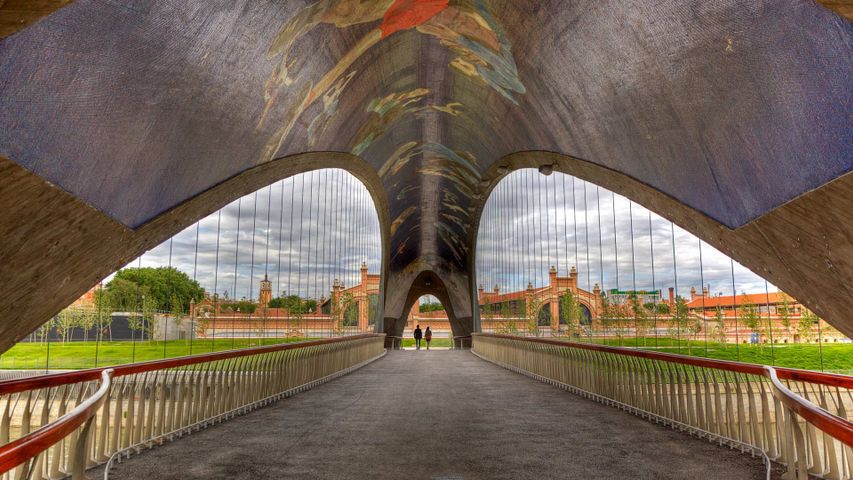 Puente de Matadero with mural by artist Daniel Canogar in Madrid, Spain
Puente de Matadero with mural by artist Daniel Canogar in Madrid, Spain
 Columnar basalt stone in the Umpqua National Forest, Oregon
Columnar basalt stone in the Umpqua National Forest, Oregon
